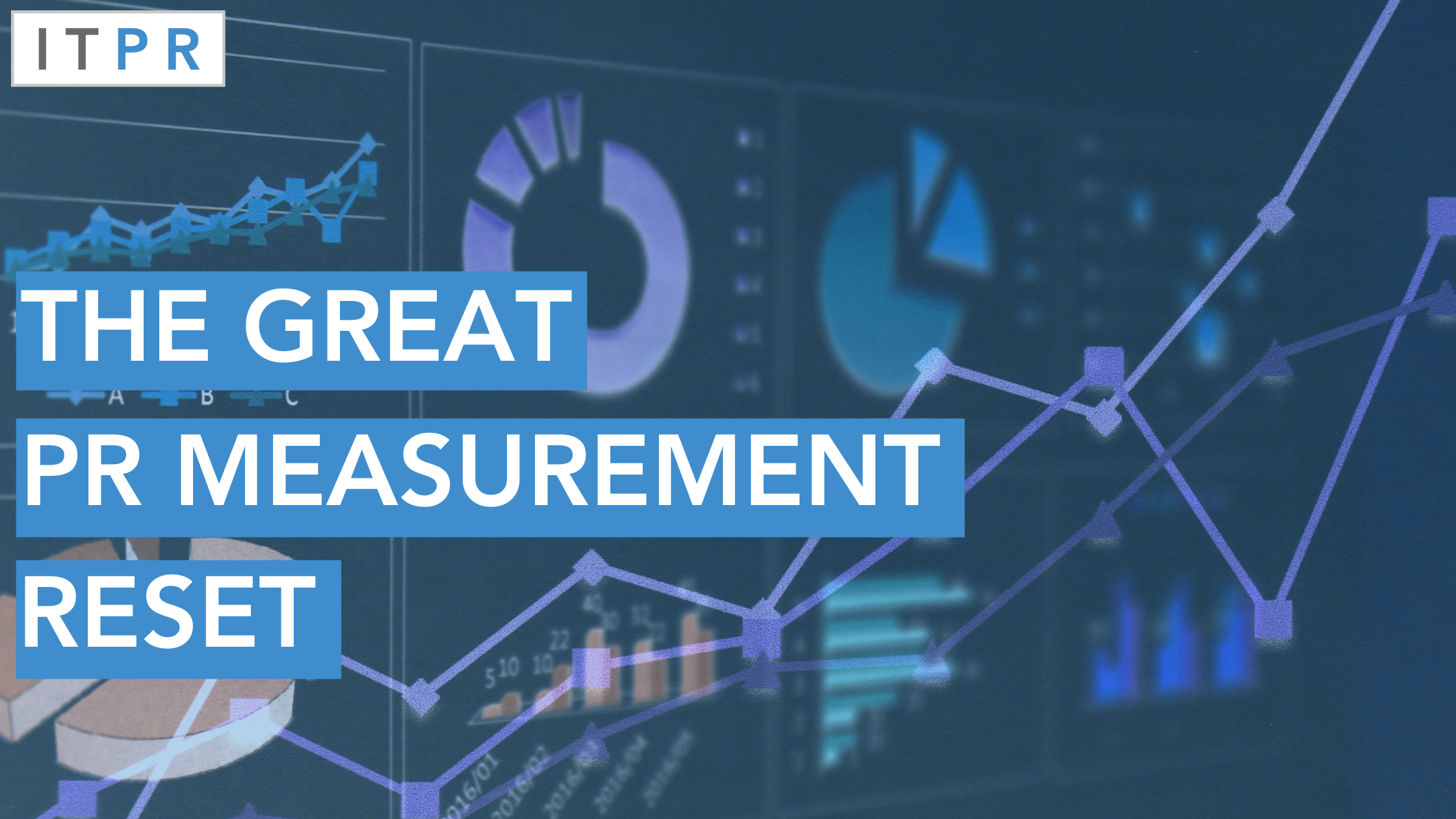Building an effective Inbound PR newsroom
The way that journalists research stories and find information about companies has completely changed in the last few years. ...

All you have to do to succeed at PR is write some pithy content, pitch them to a list of journalists who you are 'sure' they will want to read about your latest news and then sit back and watch the coverage roll in.
It's about this point that the alarm clock goes off and you're woken up from your dream. The reality is that good PR does not work that way.
Journalist numbers are dwindling and newsrooms are being bombarded with non-news stories on a minute-by-minute basis.
The days of spray and pray PR are well and truly dead [if they were even alive in the first place] and PR pros have to be much more targeted and strategic in how we plan campaigns, target relevant media and – most importantly – report effectively on their impact.
Enter Inbound PR
By taking the best parts of content creation from PR, combining it with analytical, data-driven reporting from Inbound Marketing, and adopting a more research-based approach to media relations, an Inbound PR campaign stands a much better chance of success.
Taking the time to understand what success looks like; defining who your ideal audience is; identifying which media publications should be targeting; understand the journalist's beat; and how to make use of your own website and social channels – Inbound PR can transform your campaigns.
Best of all, it does all this within a fully measurable campaign that goes beyond vanity metrics of coverage impressions and advertising value equivalent.
But with so many moving parts, an Inbound PR campaign can be a challenge to plan, implement and then keep on track one running.

The way that journalists research stories and find information about companies has completely changed in the last few years. ...

Five smarter ways to measure your B2B PR campaign

A short guide for PR people who want to have effective Media Engagement Journalists are the customers of Public Relations Officers (PROs) and we...